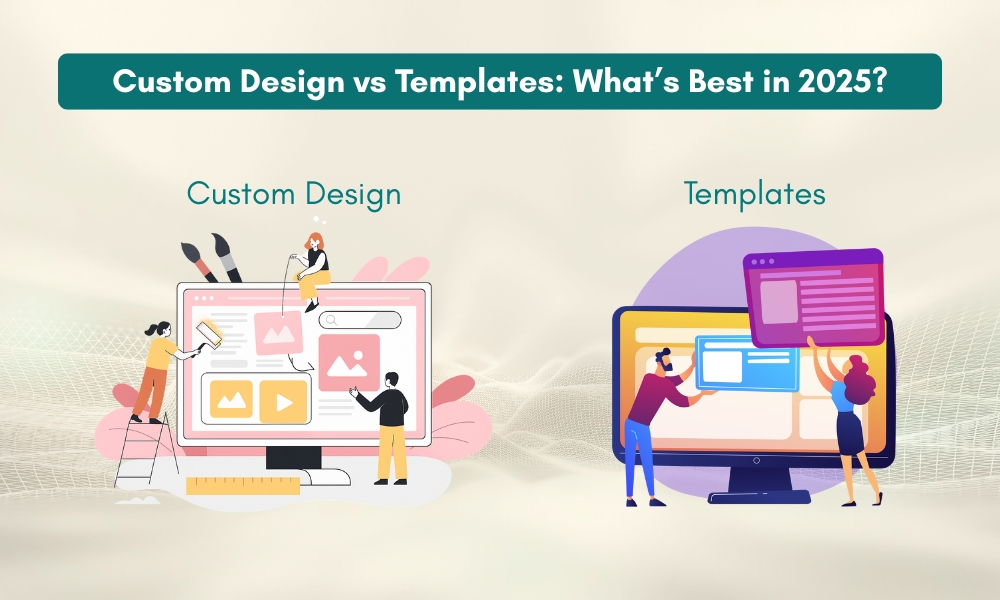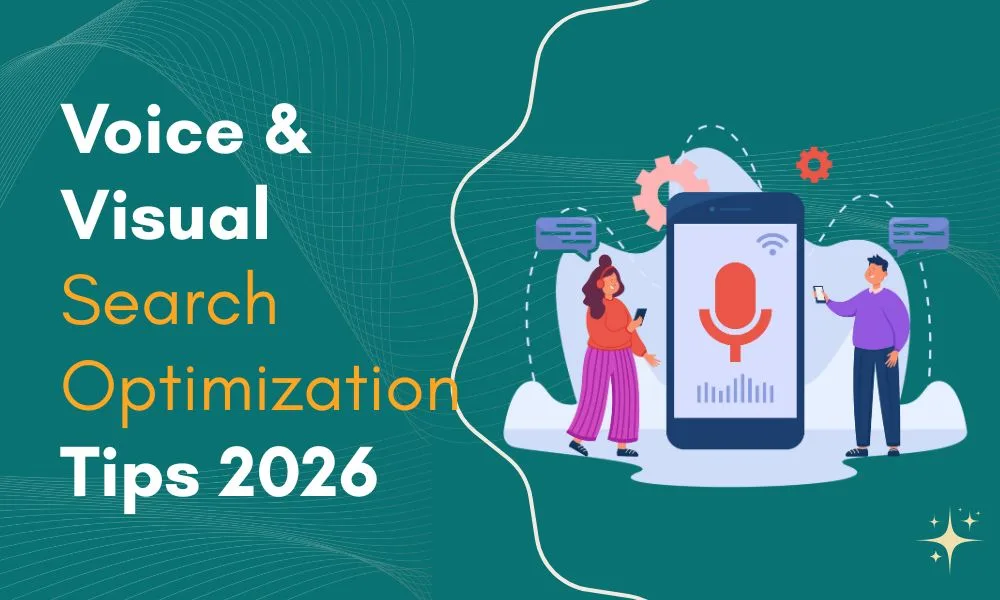In 2025, businesses looking to establish a strong online presence face a critical choice: Custom Design vs Templates. Your website is the digital face of your brand, and how it’s built can significantly impact SEO, user experience, and conversions. Choosing between a custom design and a pre-made template is not just a visual decision—it’s a strategic one.
Agencies like Digiello Marketing, a leading SEO company in Delhi, help businesses navigate this decision by offering insights on expert website making & redesign, seo services in Delhi, and top social media management services. Understanding the trade-offs between custom designs and templates is essential for creating a website that not only looks professional but also performs exceptionally.
What Does “Custom Design vs Templates” Mean?
Custom Design refers to a website built from scratch, tailored to a brand’s specific needs. Every element—layout, graphics, and functionality—is unique.
Templates are pre-designed layouts that can be purchased and customized minimally. They allow faster deployment but often come with limitations.
The choice between Custom Design vs Templates affects more than just aesthetics. It impacts SEO, branding, scalability, and long-term maintenance.
Why the Choice Matters in 2025
With Google focusing more on user experience, Core Web Vitals, and semantic search, a website’s design can significantly influence rankings. Digiello Marketing, recognized as the best social media agency in Delhi, emphasizes that a website should be optimized from day one, whether using a custom design or a template.
Key areas affected include:
- SEO performance: Structured code, fast load times, and schema markup are easier to implement in custom designs.
- Brand identity: Custom designs allow full control over brand representation.
- User experience (UX): Navigation, interactivity, and accessibility are enhanced in custom-built sites.
- Conversion optimization: Custom CTAs and unique layouts can guide visitors more effectively.
Pros and Cons of Custom Design
Pros:
- Unique Branding: Your site stands out and reflects your brand personality.
- Optimized Performance: Pages can be optimized for speed, security, and Core Web Vitals.
- Scalability: Easy to expand features or redesign elements in the future.
- Enhanced SEO: Developers can implement seo services in Delhi best practices directly into the site’s structure.
Cons:
- Higher Cost: Requires more investment than templates.
- Longer Development Time: Custom websites take weeks or months to build.
- Maintenance: Requires technical expertise for updates and troubleshooting.
Pros and Cons of Templates
Pros:
- Lower Cost: Ideal for startups or small businesses.
- Faster Deployment: Launch your website quickly.
- Basic Functionality: Many templates come with pre-built features.
Cons:
- Limited Customization: Hard to differentiate your site from competitors using the same template.
- Potential SEO Limitations: Code may be bloated, affecting speed and rankings.
- Generic User Experience: Navigation and layout may not be optimized for conversions.
How Digiello Marketing Approaches Custom Design vs Templates
Digiello Marketing, a trusted SEO company in Delhi, evaluates client needs before recommending custom or template-based solutions. Their process includes:
- Business Analysis: Understanding the brand, target audience, and goals.
- SEO Planning: Ensuring seo services in Delhi strategies are integrated from the start.
- Design Decisions: Considering whether a custom design will better achieve business objectives or if a template suffices.
- Content Strategy: Aligning visuals with content that builds SEO-driven content and enhances engagement.
- Performance Testing: Using third party lab-tested tools to ensure speed, security, and accessibility.
- Compliance and Trust: Incorporating elements like FDA certified product info or credentials where applicable.
SEO Implications of Custom Design vs Templates
When deciding between Custom Design vs Templates, SEO should be a top consideration.
- Custom Design: Developers can implement clean, semantic HTML, optimize images, integrate schema markup, and tailor metadata for seo services in Delhi and local SEO efforts.
- Templates: While some templates are SEO-friendly, many require significant tweaks to meet modern standards. They may also include unnecessary scripts or bulky code that slows down performance.
Agencies like Digiello ensure both approaches meet Core Web Vitals, fast load times, and proper mobile responsiveness.
User Experience and Conversions
A website’s design affects user behavior. Studies show that users judge credibility and trustworthiness within seconds.
- Custom Design: Offers the flexibility to create intuitive navigation, interactive elements, and conversion-optimized layouts.
- Templates: May require significant modification to achieve the same level of user experience.
For businesses selling regulated products, integrating third party lab-tested or FDA certified indicators in a custom layout can boost credibility and trust significantly.
Cost Considerations
While templates are cheaper upfront, custom designs can save costs in the long term:
- Templates may need additional plugins, custom coding, or redesigns to meet evolving business needs.
- Custom designs are more adaptable, reducing future development costs.
Digiello Marketing advises clients to consider long-term ROI rather than initial cost alone.
When Templates Make Sense
Templates can be suitable for:
- Startups on a tight budget
- Projects with quick launch timelines
- Businesses with straightforward website needs
Even with a template, using a SEO company in Delhi like Digiello ensures seo services in Delhi best practices are applied, including meta tags, content optimization, and mobile responsiveness.
When Custom Design is Recommended
Custom designs are ideal for:
- Brands looking to differentiate visually
- Businesses requiring complex functionality
- Sites that must comply with regulations, showcasing third party lab-tested or FDA certified credentials
- Long-term growth and scalability
With expert website making & redesign services from Digiello Marketing, custom sites are built with SEO and user experience at the core.
FAQs on Custom Design vs Templates
Q1: Which is better for SEO: custom design or templates?
Custom design generally offers better SEO potential due to cleaner code, optimized performance, and flexible structure.
Q2: Can templates rank well in search engines?
Yes, but they often need optimization for seo services in Delhi, faster load times, and mobile responsiveness.
Q3: How does Digiello Marketing help businesses decide?
They evaluate goals, budget, and scalability to recommend a solution while integrating top social media management services and SEO strategies.
Q4: Is custom design worth the cost?
For businesses aiming for differentiation, conversions, and long-term scalability, custom design is usually worth the investment.
Q5: Are templates safe for regulated products?
Yes, but custom design allows better integration of third party lab-tested and FDA certified elements for compliance and credibility.
Conclusion
Choosing between Custom Design vs Templates in 2025 is a strategic decision that impacts SEO, user experience, branding, and long-term growth. Templates offer speed and cost-efficiency, while custom designs deliver flexibility, uniqueness, and optimized performance.
Digiello Marketing, a leading SEO company in Delhi, helps businesses make the right choice. They provide expert website making & redesign, seo services in Delhi, and top social media management services to ensure your website performs optimally regardless of the approach.By considering SEO, UX, compliance, and scalability, businesses can select a solution that drives traffic, builds trust, and converts visitors into loyal customers. In the end, the right choice between Custom Design vs Templates will depend on your business goals, resources, and vision for the future.








